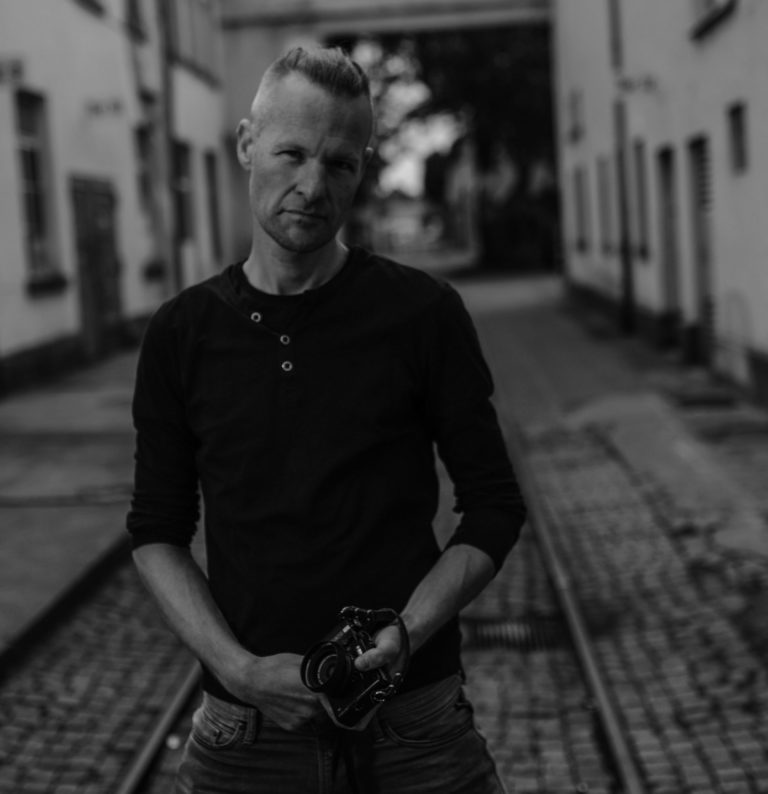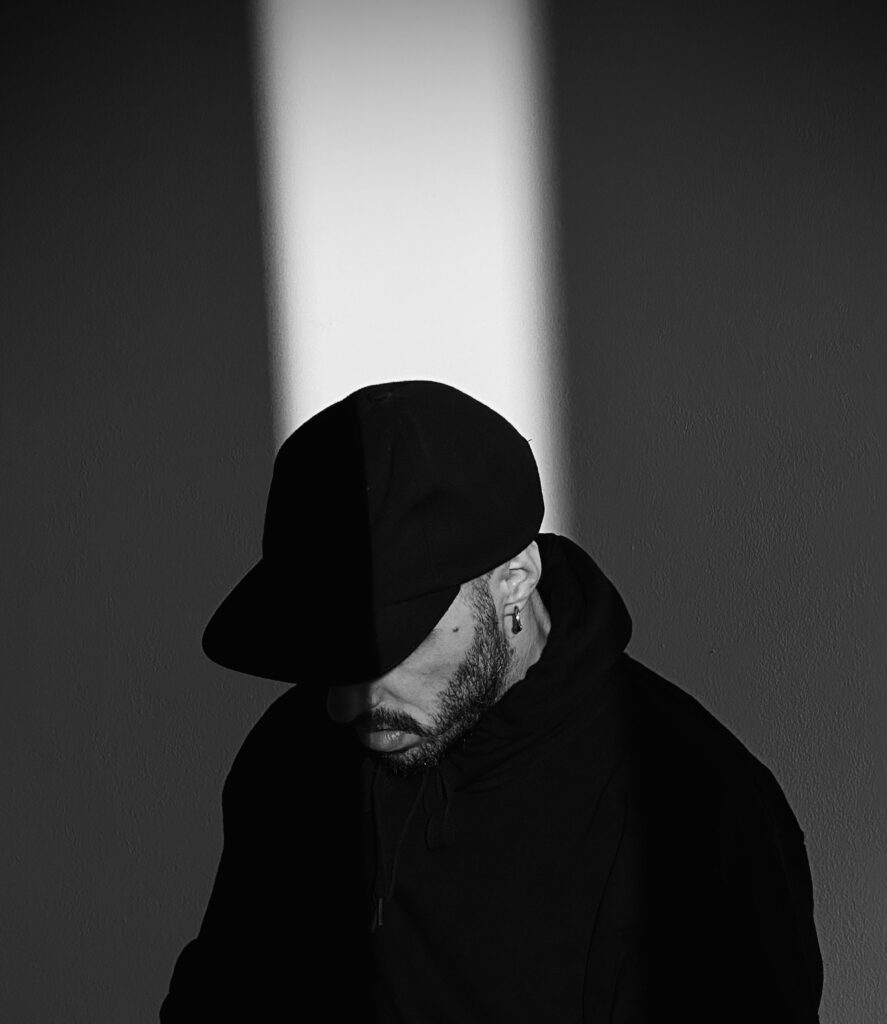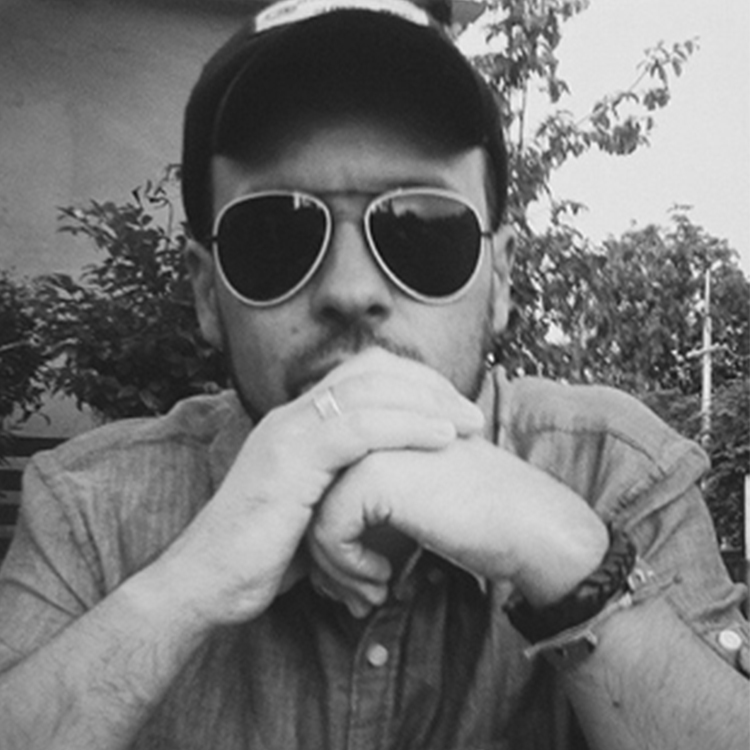
Interview with Sebastian Frey
Sebastian was born in 1975 near Stuttgart, Germany. He studied pedagogy and now supports social and care workers. It’s a bit of a cliche but true: his grandfather gave him his first camera at the age of 12 or so, and since then photography has become much more than just a pastime – it’s a love and a passion, a way to express his feelings. Sebastian specializes in street, landscape and portrait photography. He is located in Schorndorf, a small town in the south of Germany.


